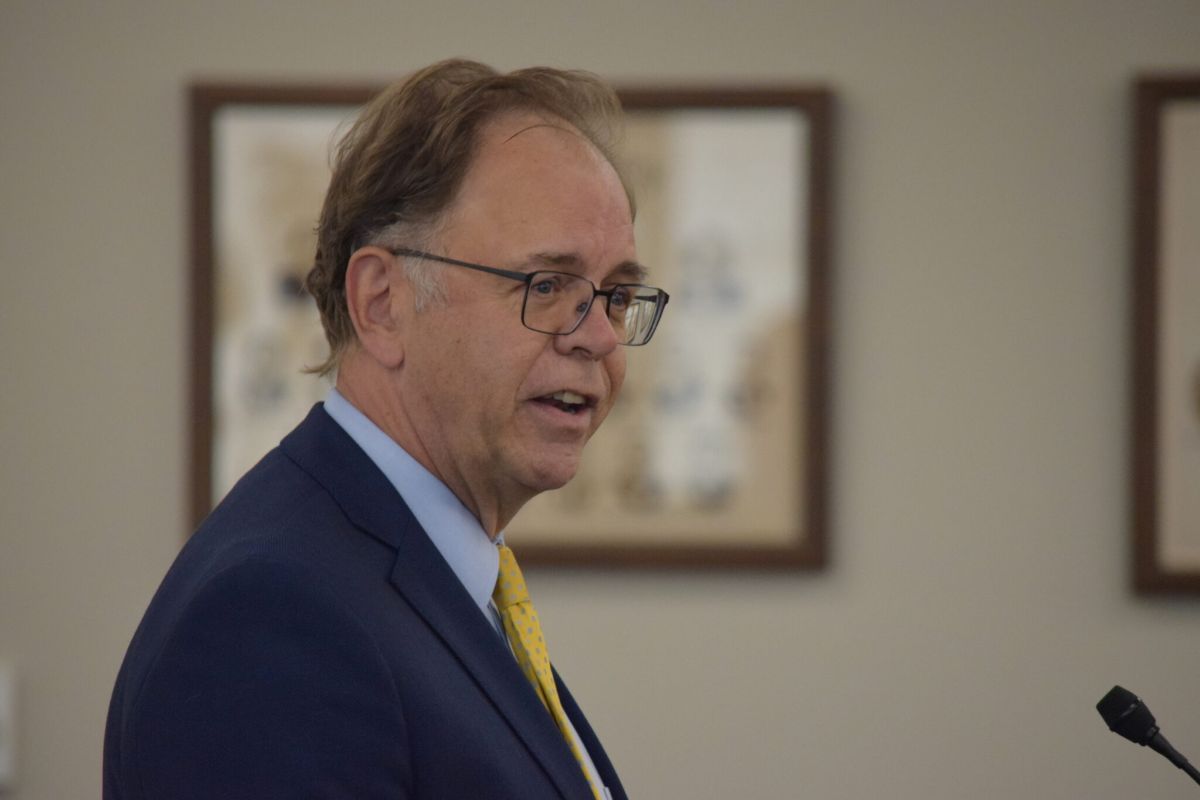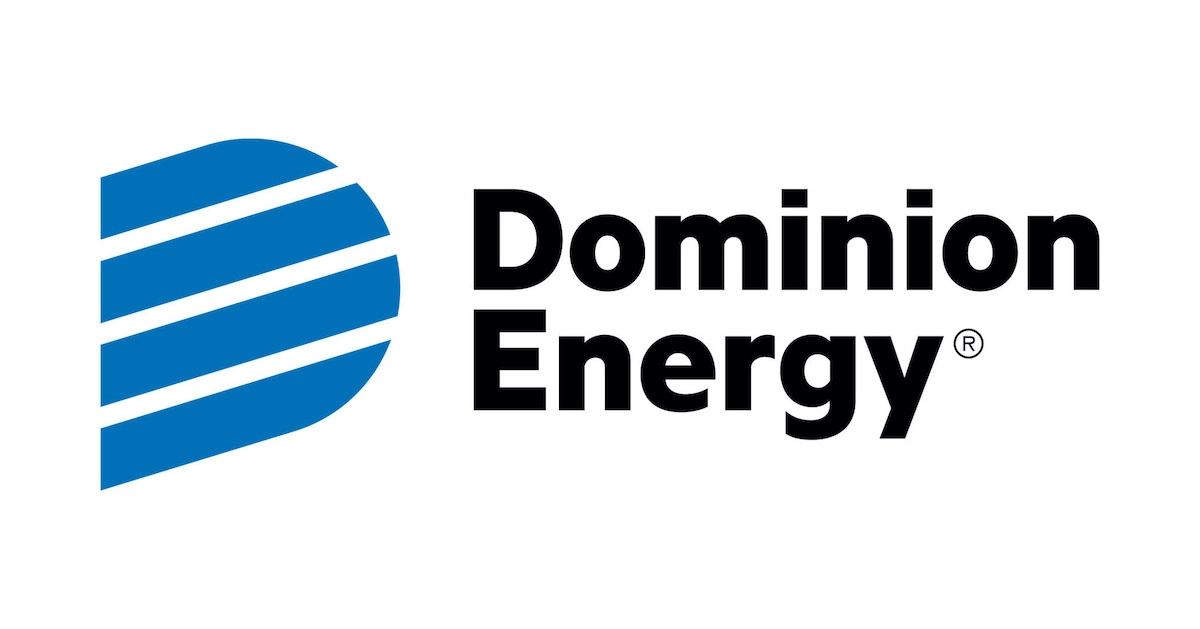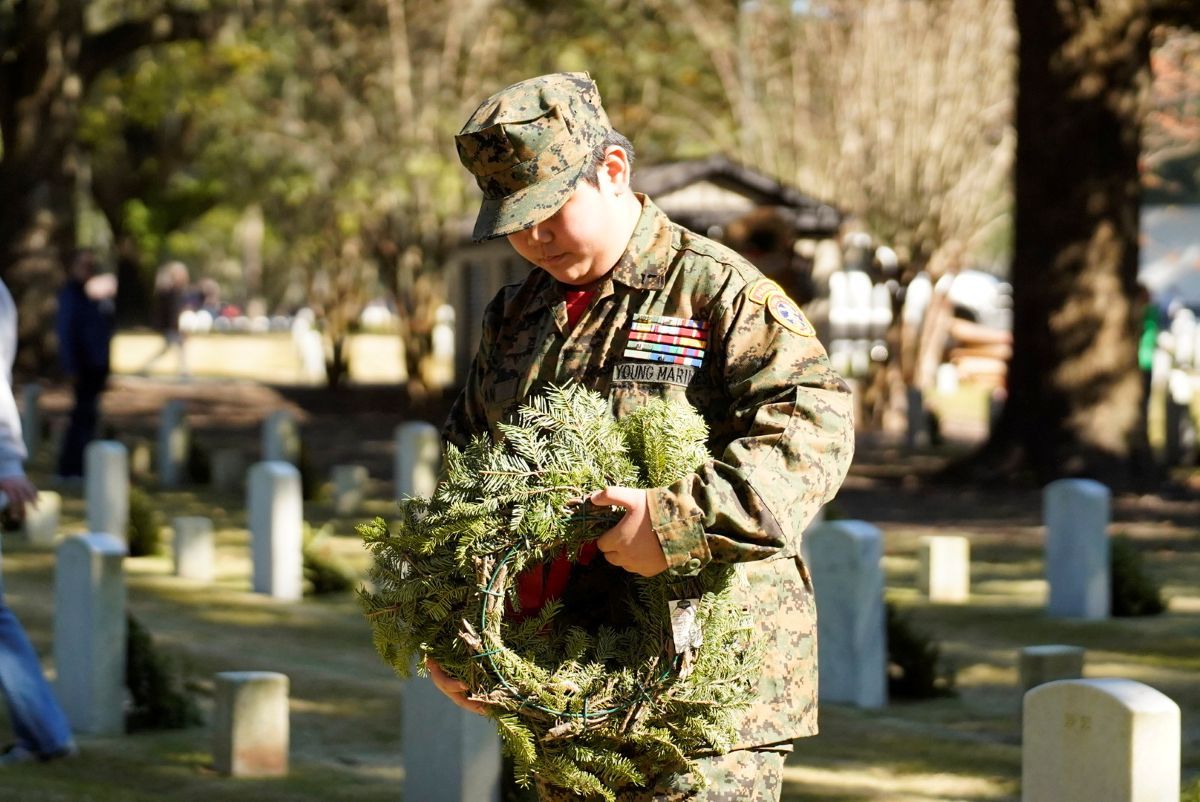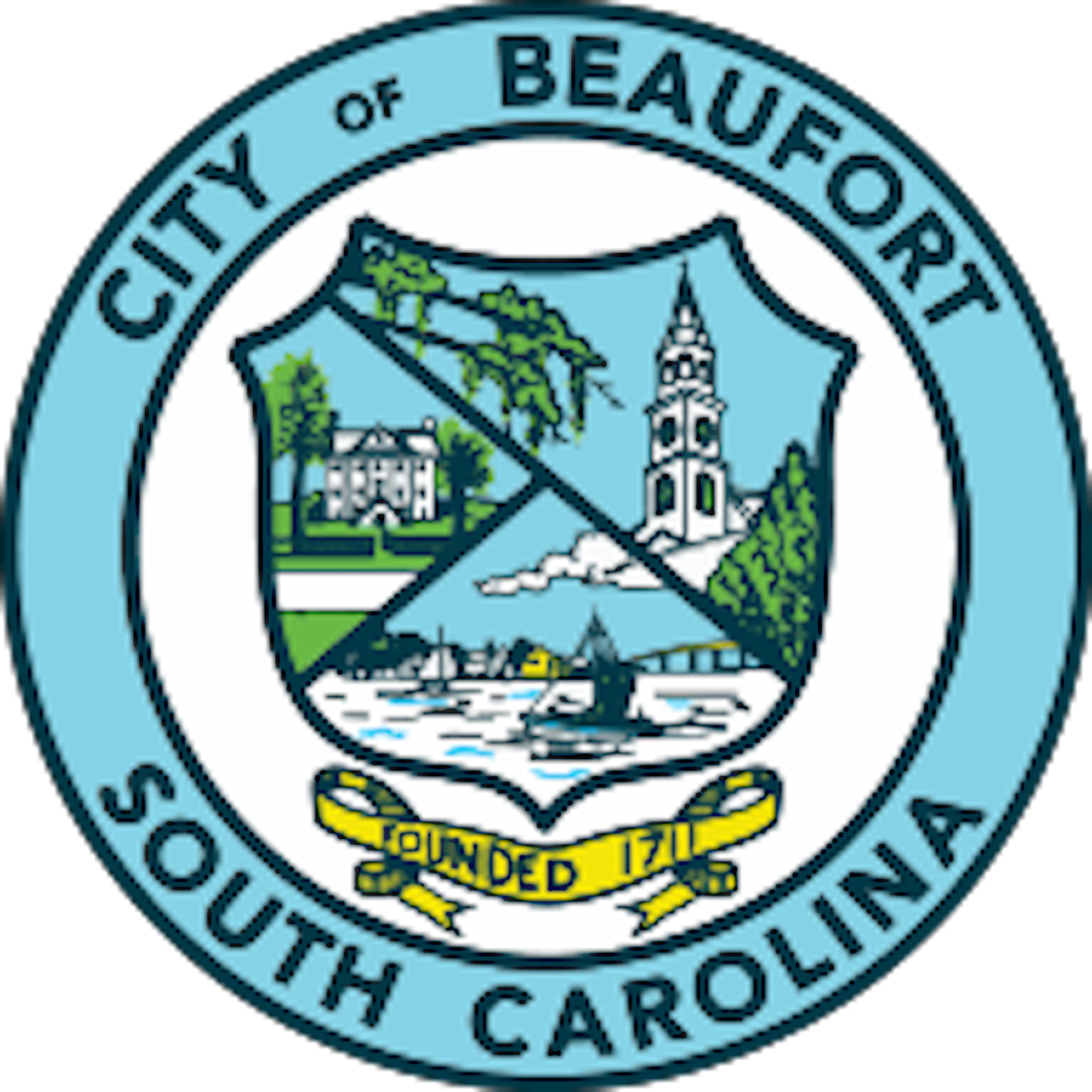Latest application round opened July 1; up to $7,500 per home is available
By Jessica Holdman
SCDailyGazette.com
COLUMBIA – Coastal South Carolinians who want to strengthen their roofs against hurricanes can seek up to $7,500 in state aid to help pay for upgrades and make their home insurance more affordable.
As the costs of rebuilding following natural disasters has increased, so has home insurance costs. To stave off a crisis, the state started the SC Safe Homes program to lure more insurance companies into the market.
Since the program began in 2007, the Palmetto State has awarded more than 8,000 grants totaling about $34.5 million to help owners make upgrades to their homes to withstand hurricane-force winds, according to the state Department of Insurance.
These improvements include a new roofing standard, known as Fortified, using specialized nails and shingles, stronger edges, reinforced gables and sealing beneath the shingles on the roof surface.
By strengthening their roofs from wind damage, homeowners should then be able to find more companies willing to insure their homes and pay less for premiums. As the number of hurricane-resistant homes increases, insurance companies have fewer claims to pay out, making coastal South Carolina a more attractive place to do business, said Ann Roberson, who runs the program at the state Department of Insurance.
Homeowners that have used the grants to help purchase the stronger roofs have reported saving 24% on the cost of insurance, according to the state agency’s 2023 annual report on the program, issued in January.
And according to a report by the National Institute of Building Sciences, the U.S. saves $6 in future disaster response costs for every $1 spent on mitigation.
Meanwhile, 2024’s Atlantic hurricane season, which began June 1 and runs through the end of November, is expected to have higher-than-average risk of major storms.
The National Weather Service is forecasting a range of 17 to 25 total named storms, with winds of 39 miles per hour or higher, well above the 30-year historical average of 14 named storms.
There’s already been three this season: Tropical Storm Alberto on June 19, which hit the northeastern coast of Mexico; Hurricane Beryl on June 28, the earliest-forming Category 5 Atlantic hurricane on record; and Tropical Storm Chris on June 30.
How it began
The S.C. Safe Homes program came about 17 years ago, in the wake of Hurricane Katrina and a host of storms that hit the Gulf in Texas.
“(Insurance companies) were looking at their books of business and what they could afford to carry,” Roberson said.
The numbers were grim, and companies were backing away from covering hurricane-related wind and hail damage along the coast.
To provide coverage for what insurers wouldn’t, the state created a special wind-related insurance pool in 1971 to act as a safety net. The South Carolina Wind and Hail Underwriting Association’s territory started mostly with barrier islands and later stretched further inland. This insurance-of-last-resort costs more, but at least homeowners aren’t left without coverage.
Policies sold by the association surged, peaking in 2011.
“So, we were trying to figure out ways that would make a property an attractive risk to an insurance company,” Roberson said, in hopes those homeowners would again be able to find coverage and pay less on the private market.
In response, legislators passed the 2007 Coastal Property Insurance Reform Act.
In addition to the roof retrofits, the state offered a pair of income tax credits worth up to $2,500 to offset fortification costs.
It also incentivized homeowners to squirrel away savings in case of a catastrophic event by allowing them to put money in special, income-tax-free savings accounts. The money can be used to cover insurance deductibles or other uninsured losses from hurricanes, rising flood waters, or other windstorms.
A decade later, the retrofit program was expanded to help cover the cost of shatter-resistant windows, fortified doors and hurricane shutters.
Grant amounts are based on a person’s household income, offering up to $7,500 for roofs that meet the highest standard. Homeowners who can’t afford a Fortified roof may qualify for up to $5,000 for the next level of coverage. The state offers up to $3,000 for hurricane window shutters.
A Fortified roof can cost anywhere from $12,000 to $20,000, depending on the size of the home.
“Our roofs tend to be more expensive, but they also better withstand strong winds and water associated with hurricanes and strong storms,” Roberson said.
The grants to help cover them are funded by taxes paid on premiums sold by the South Carolina Wind and Hail Underwriting Association’s wind and hail pool in coastal communities, plus a small portion of all insurance policies written statewide.
Improved coverage
The SC Safe Homes program regularly has enough funding to cover all who apply, Roberson said.
Applications open twice a year, in July and January. The most recent round opened July 1, with $1.4 million worth of funding. It’s enough to pay for anywhere between 350 to 425 grants.
As a result of the SC Safe Homes program, more insurance companies have been willing to cover coastal homes. Since 2012, the number of licensed companies has increased by more than 100, according to the state insurance agency.
The number of more expensive, safety net policies sold on the secondary market has dropped 66% since August 2011, according to the insurance department’s latest report.
Horry County saw the greatest reduction in those high-dollar policies, with 14,109 fewer. Beaufort County dropped by 7,573, followed by Charleston County with a reduction of 3,937 policies.
While the program has prevented an exodus of insurance providers experienced by other states in the Southeast, including Florida and Louisiana, it doesn’t mean there are no challenges or concerns, the insurance department said.
Many homeowners are seeing an increase in their insurance premiums as repair costs resulting from price inflation have increased, natural disaster losses have gone up globally and property values have jumped substantially in the last few years, requiring higher coverage.
SC Safe Home grants in 2023 by county
- Beaufort: 3
- Berkeley: 50
- Charleston: 115
- Colleton: 1
- Dorchester: 31
- Florence: 1
- Georgetown: 14
- Horry: 134
- Jasper: 2
- Williamsburg: 1
Source:SC Department of Insurance (2023)
Jessica Holdman writes about the economy, workforce and higher education. Before joining the S.C. Daily Gazette, she was a business reporter for The Post and Courier.
S.C. Daily Gazette is part of States Newsroom, the nation’s largest state-focused nonprofit news organization.











